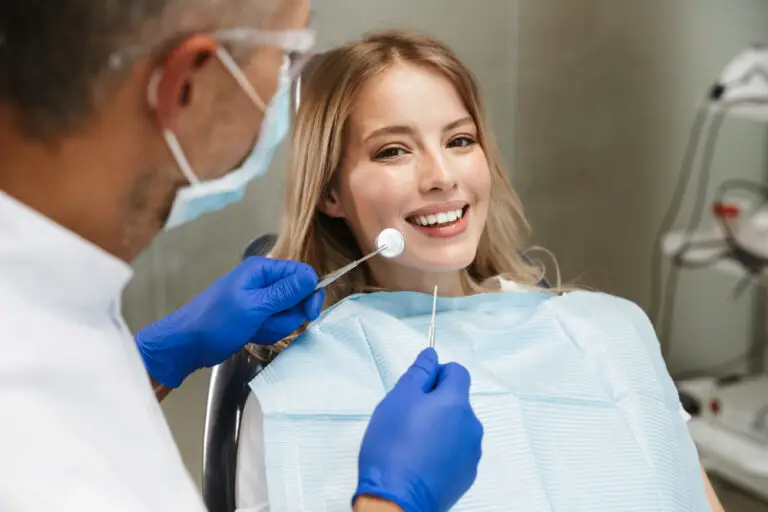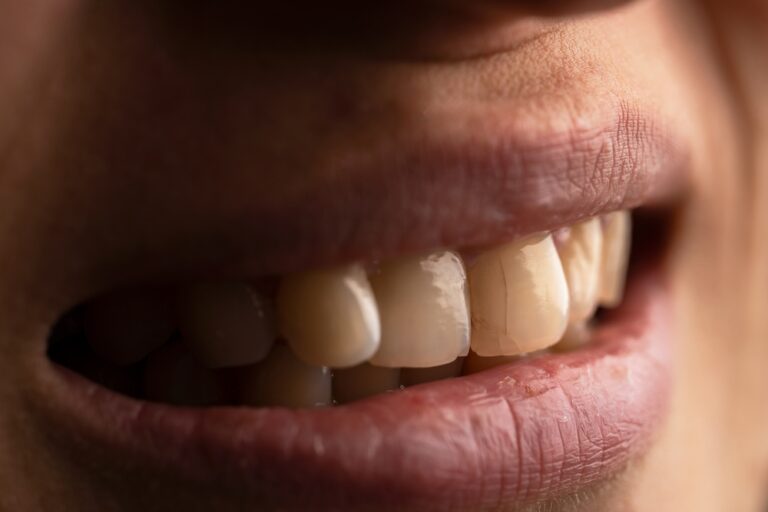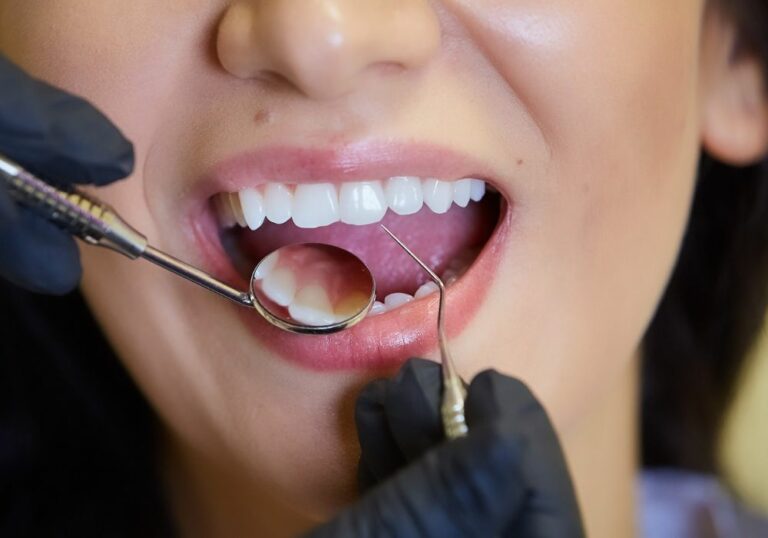The nature of Invisalign aligners applies constant calibrated force against the teeth in order to gradually shift them into straighter positions over time. This continuous force causes remodeling of the periodontal ligaments around the tooth roots as well as alveolar bone loss and rebuilding around the sockets.
As the tissue structure around the teeth responds to the orthodontic forces of Invisalign, teeth can begin to feel slightly loose and mobile. This is a normal physiological response, as some flexibility allows the teeth to move more readily through the bone.
Complete immobilization of teeth would make tooth movement with Invisalign impossible. The bone and ligaments need to break down and rebuild around the teeth as they are repositioned.
However, in some cases excessive looseness during treatment can be a sign of overly aggressive movement, compromised gum health or other problems.
Why do teeth continue to feel loose after Invisalign treatment?
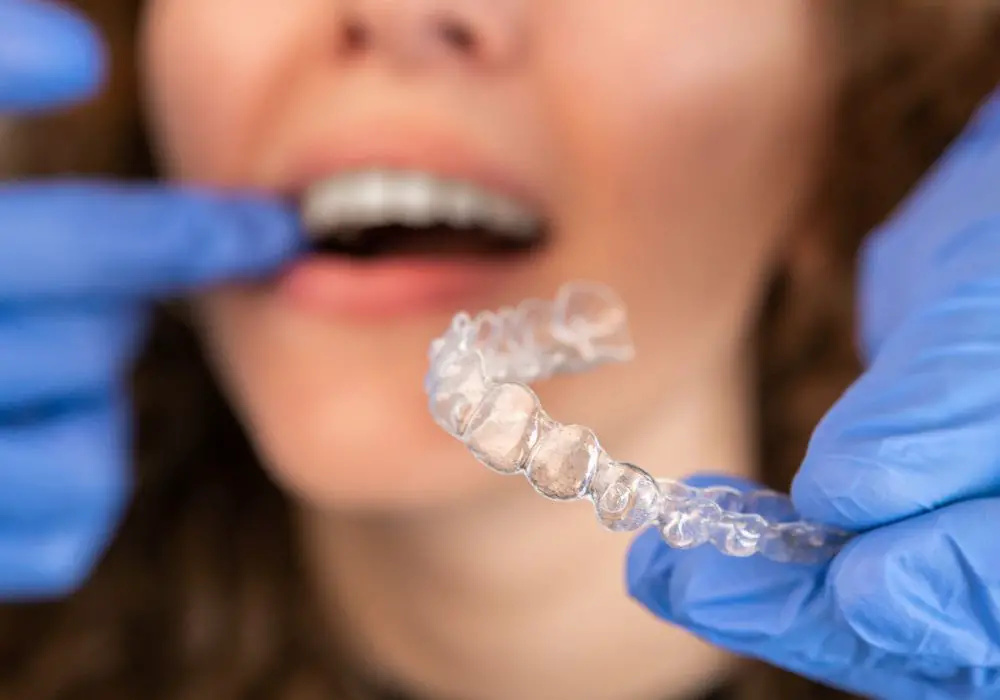
After the last Invisalign aligners are removed, patients often expect their teeth to feel firmly set in place immediately. However, the reality is that it takes 3-6 months for the bone, ligaments, gums and other oral tissues to physiologically adapt and heal around the newly positioned teeth.
During this post-treatment period, teeth may continue to exhibit some minor mobility or loosening as the tissues fully remodel and stabilize. Patients should not be alarmed by temporary loosening, provided it resolves steadily over time.
The most important factor in allowing teeth to firmly re-set after Invisalign is dedicated retainer wear as instructed by the orthodontist. Retainers keep teeth from shifting back while the healing process occurs. Prematurely discontinuing retainer use can prolong instability.
Here are some key reasons why teeth can remain loose for awhile after Invisalign:
- Bone remodeling: The alveolar bone around tooth sockets needs time to fully rebuild and mineralize around the roots in their new positions. This bone maturation process takes months.
- Ligament strengthening: The collagenous fibers that attach teeth to bone also need time to strengthen and regain tension after being stretched and shifted by Invisalign forces.
- Gum adjustment: Gum tissue heals more slowly than bone and must recontour and reattach tightly to the teeth after being affected by orthodontic movement forces.
- Root stabilization: Following movement, tooth roots take time to establish blood supply and regain structural integrity within the socket.
- Oral hygiene: Poor cleaning during Invisalign can leave gums inflamed and unable to reattach properly to teeth. This prolongs looseness.
Potential causes of prolonged looseness after Invisalign
While temporary mild looseness after Invisalign is expected, prolonged or excessive mobility can indicate problems that require intervention to prevent complications like tooth loss. Some causes of abnormal looseness include:
- Gum disease: Pre-existing or uncontrolled gingivitis and periodontitis during Invisalign allows further oral bacterial invasion, bone loss, and tissue damage that destabilizes teeth.
- Overly extensive movement: In some cases, attempting to move teeth too far too fast with Invisalign can over-stress the bone and periodontal support past the point of recovery. This is more likely with short-cut or DIY at-home aligners lacking professional oversight.
- Poor root integrity: Previous injury, decay, short roots, aberrant anatomy or incomplete growth can make some teeth more prone to becoming overly loose during normal orthodontic forces.
- Grinding and clenching: These excessive occlusal forces can traumatize teeth already weakened by Invisalign movement. Lack of nightguard use during treatment worsens this.
- Lack of retention wear: Not wearing prescribed retainers after Invisalign allows unstable teeth to relapse and drift back toward previous positions, interfering with firm healing.
- Tongue thrusting or pressure: Constant abnormal tongue habits can keep teeth from stabilizing after Invisalign if not addressed and corrected.
Signs that prompt seeing a dentist after Invisalign
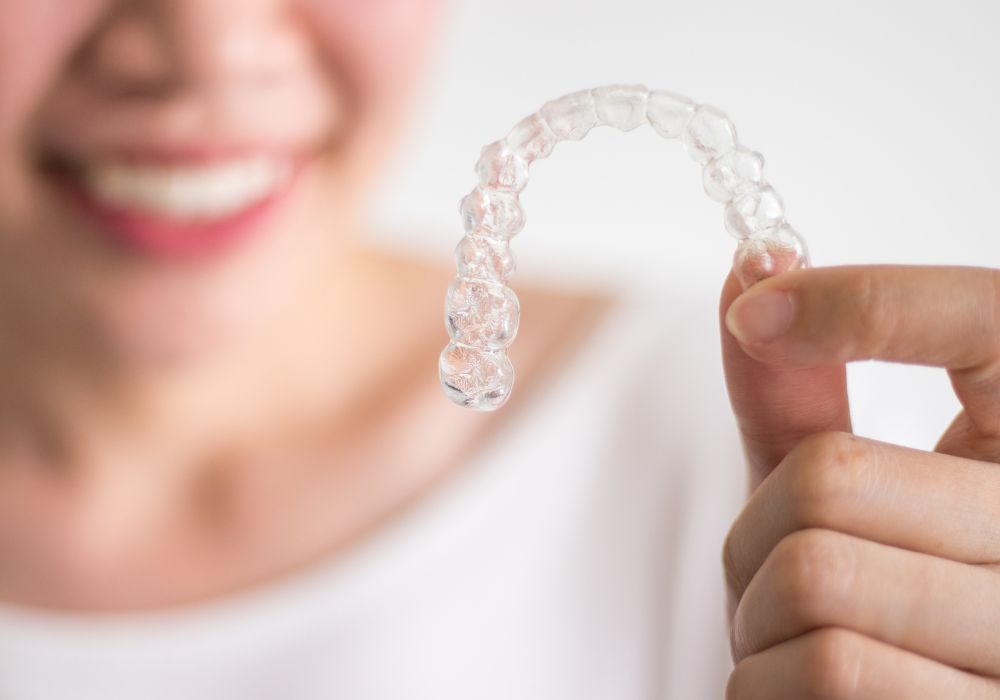
Patients should consult their orthodontist or general dentist right away if they experience:
- Severe mobility where teeth feel dangerously loose or ready to fall out
- Inability to bite or chew properly due to looseness
- Tooth movement that feels beyond the control of aligners
- Any noticeable gaps forming around teeth
- Tooth flaring or unintended overlap occurring
- Needed usage of fingers or tongue to keep teeth in place
- Unresolved looseness lasting over 3 months post-treatment
- Looseness combined with pain, gum bleeding, swelling, infection
Leaving severely unstable teeth unaddressed allows further deterioration of bone support and heightens risk of tooth loss. It is critical to get professional intervention to diagnose the cause and initiate restorative treatments.
What can the dentist do to help stabilize loose teeth after Invisalign?
Depending on the diagnosed cause of ongoing looseness, the dentist may recommend:
- Adjusting retainer regimen: Wearing retainers more consistently or for longer duration helps “re-stick” teeth after Invisalign if needed.
- Restorative treatment: Fillings, crowns or implants may be needed to reinforce weakened teeth before they can stabilize.
- Occlusal adjustment: Selective grinding and equilibration helps loose teeth withstand biting/chewing forces.
- Gum disease therapy: Deep cleanings, antibiotics, grafting or flap surgery improve gum health to allow reattachment.
- Bone grafts: Added bone proteins stimulate regeneration around loose roots to fill in defects.
- Surgical splinting: Stabilizing wires permanently link very loose teeth together for support.
- Tooth extraction/replacement: Non-salvageable teeth may need extraction to prevent further bone loss.
- Orthodontic relaxation: Brief practically invisible realignment trays may be used intermittently to settle teeth.
With the appropriate recovery methods, the dentist aims to stimulate the bone, gums and periodontal ligament to re-stabilize the teeth in their new positions after Invisalign.
6 Tips to help firm up loose teeth after Invisalign
Patients can help optimize stabilization at home with these tips:
- Wear retainers as directed – This is imperative for allowing tissues to heal around teeth without movement or relapse. Skipping wear too soon prolongs instability.
- Practice excellent oral hygiene – Precise brushing and flossing removes bacteria and plaque that impede gum healing and cause further inflammation.
- Rinse with antimicrobial products – Reducing oral bacterial levels facilitates gum reattachment and healthier ligament fibers to develop.
- Eat a balanced diet – Proper nutrition provides building blocks for mineralization and supports oral tissue regeneration.
- Avoid very hard or chewy foods temporarily – This protects unstable teeth from excessive forces during the recovery period.
- Stop smoking and tobacco use – These habits severely retard oral healing and complicate stabilization.
Proper at-home care together with any recommended clinical treatments will help teeth tighten up again after Invisalign.
How long until teeth typically stabilize after Invisalign?
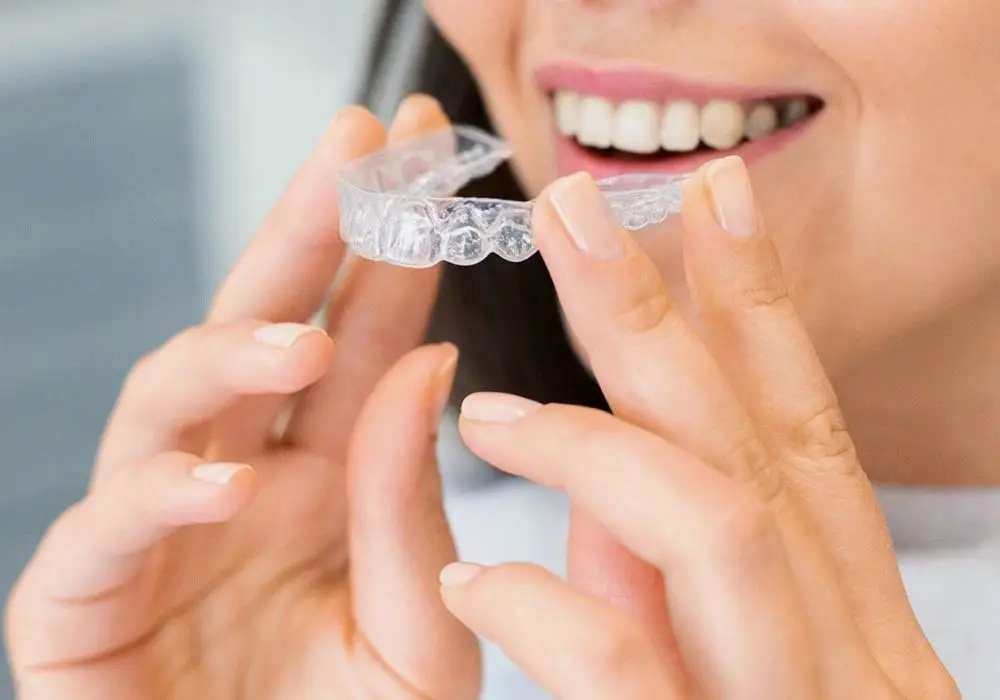
The timeline for teeth regaining normal stability and firmness after Invisalign depends largely on:
- Severity of initial looseness – mild, moderate or severe
- Cause of prolonged looseness – settling, gum disease, poor retention, etc.
- Patient compliance with post-treatment instructions
- Restorative methods deemed necessary by the dentist
Here are general timeframes one can expect for common scenarios:
- Mild natural settling: 1 to 3 months for stabilization
- Moderate gum inflammation: 3 to 6 months with diligent hygiene
- Major bone loss: 6 to 12 months or longer if grafting needed
- Poor retention compliance: A few weeks to a couple months with regular retainer wear
- Surgical stabilization: Up to 4-6 months for splinted teeth to integrate
The dentist will monitor and determine when teeth have regained enough integrity for function after re-stabilization treatments. Patience is needed through the process.
Am I damaging my teeth doing Invisalign on my own without oversight?
Attempting DIY Invisalign without professional orthodontic guidance is an extremely risky approach that can potentially cause irreparable harm to the teeth and oral structures.
The controlled calibrated force levels and movement patterns programmed into legit Invisalign trays by a qualified dentist cannot be replicated chairside or by mail-order aligners.
Without oversight, Invisalign can easily move teeth too far too fast in uncontrolled directions not supported by the bone. This almost inevitably results in major permanent instability, gum trauma, bite collapse and other issues.
There are no shortcuts with teeth movement. Invisalign must be planned carefully according to 3D imaging and managed hands-on by experts.
Bypassing critical safeguards for the sake of cost or convenience frequently backfires, causing much greater expense to repair damages later. It is never recommended to attempt Invisalign without formal orthodontic supervision.
Conclusion
While mild to moderate tooth looseness is expected during and after Invisalign as part of the physiologic response to orthodontic forces, this should steadily subside as tissues heal around the newly aligned teeth.
However, if prolonged loosening persists beyond the normal stabilization timeframe, it is crucial to seek evaluation by your orthodontist or dentist. They can diagnose the cause – whether gum disease, bone loss, overaggressive movement or poor retention – and advise proper treatment to firm up teeth.
With close post-Invisalign follow-up care and stabilization methods guided by dental professionals, even significantly loose teeth can be firmed up again for full oral health and function. But attempting DIY Invisalign without oversight risks irreversible instability and damage.



